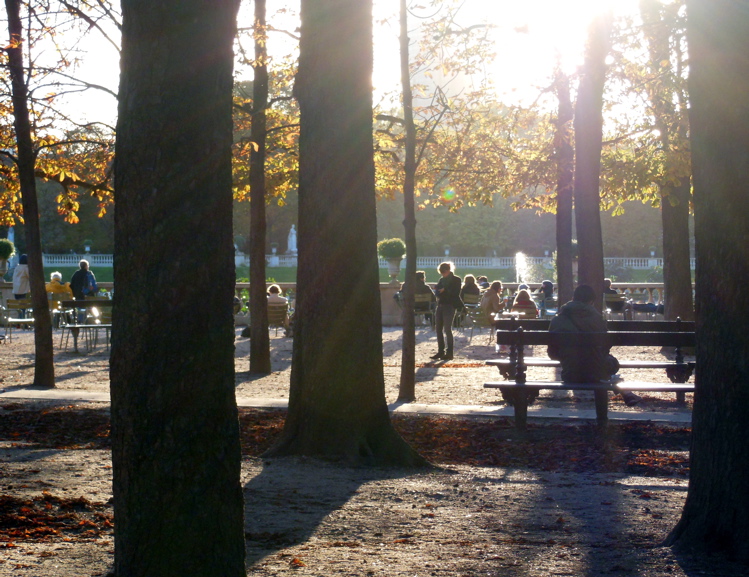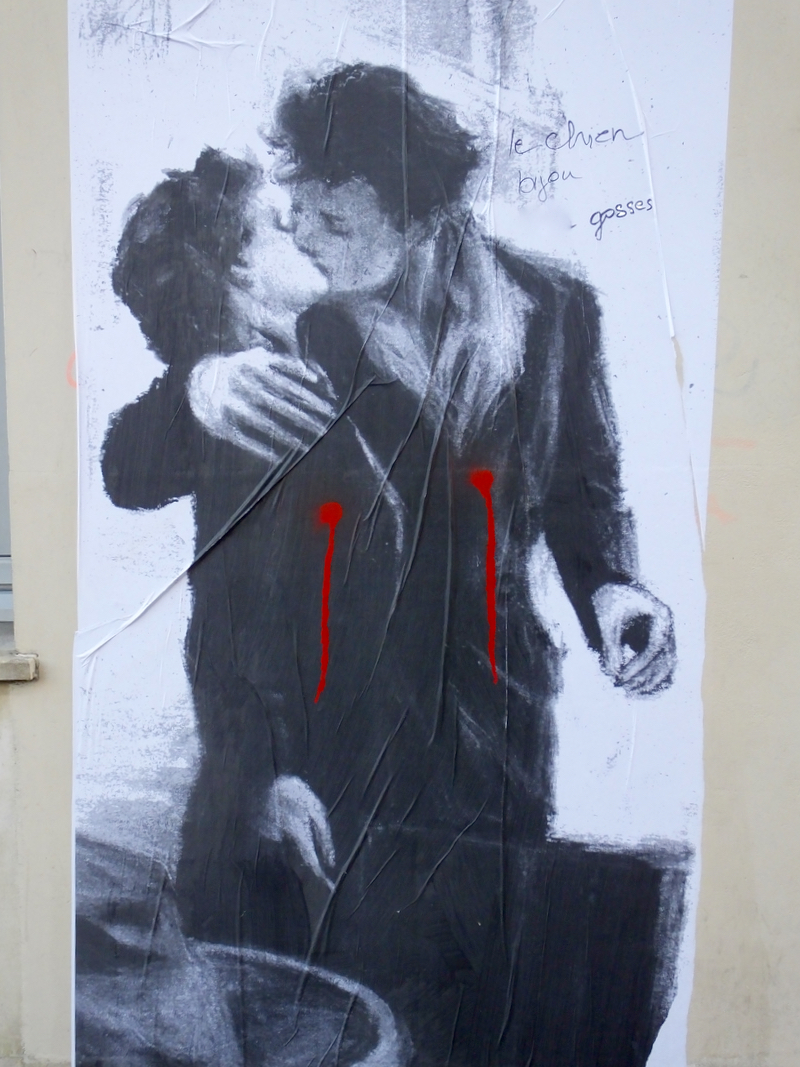
A mural beside Le Carillon depicts Robert Doisneau’s famous couple with bullet wounds.
At Paris’ five-star L’hôtel The Peninsula, a luxe Mongolian-style yurt currently occupies its sprawling Terrasse Kléber. Guests are invited to drink hot chocolate and nosh on tartines while lounging amid mattresses and fur throw rugs strewn beneath a chandelier made of antlers. On the garden patio of the equally swanky Hôtel du Collectionneur in the neighboring 8th Arrondissement, patrons can sip champagne and nibble canapés inside a large, transparent bubble festooned with elegant floral designs.
I can’t help but think that the yurt and the bubble signify something beyond the novelties of snacking in a rustic-chic tent and getting tipsy in an upmarket snow globe. A year after terrorist attacks on the offices of the satirical magazine Charlie Hebdo and a kosher supermarket killed 17, and less than two months after gunmen murdered 130 others on Nov. 13, these whimsical, cozy spaces seem to embody a collective desire to find refuge from the bad memories of a 2015 that a recent Agence France-Presse headline dubbed an “année de merde,” or,”a shit year.”
This past Wednesday, Charlie Hebdo released a special anniversary edition. The cover depicts an image of a God with splotches of blood on his robes and a Kalashnikov strapped to his back. Beneath the cartoon is the headline, “A year later the murderer is still on the loose” — another of the magazine’s signature jabs at religion. The first page contains a disturbing blow-by-blow account of what happened at the magazine’s editorial offices on Jan. 7, 2015, when the fanatical Kouachi brothers gunned down 12 people, including eight staff members.
“It was unthinkable that in 21st-century France journalists would be killed by religion,” cartoonist Laurent “Riss” Sourisseau writes in the magazine’s editorial. He continues: “We saw France as an island of secularism, where it was possible to tell jokes, draw, laugh, without worrying about dogma or fanatics.”
Read more at Bustle.

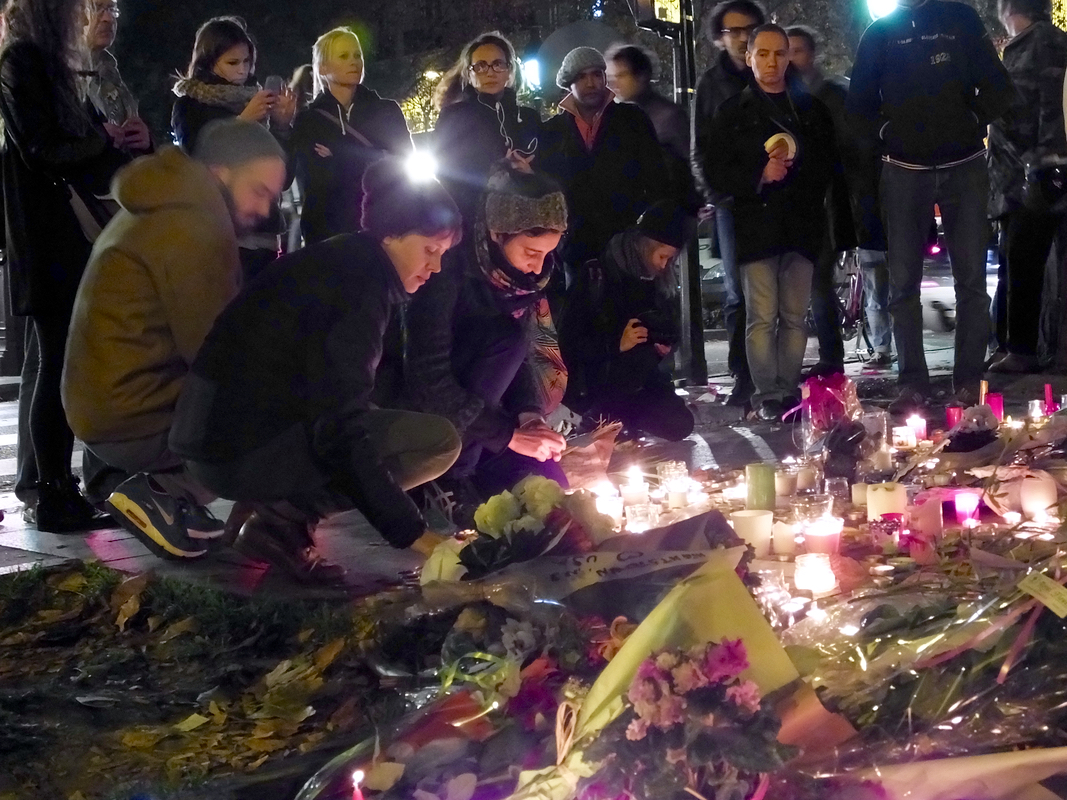
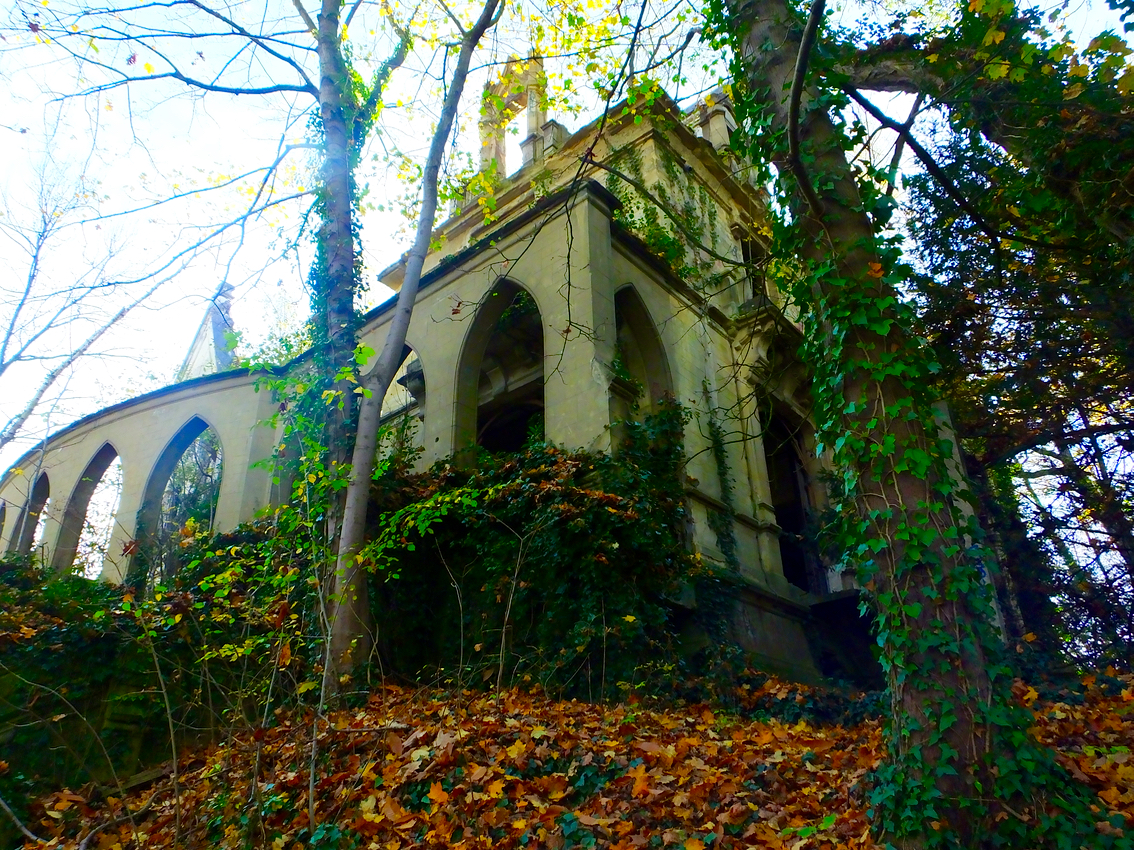
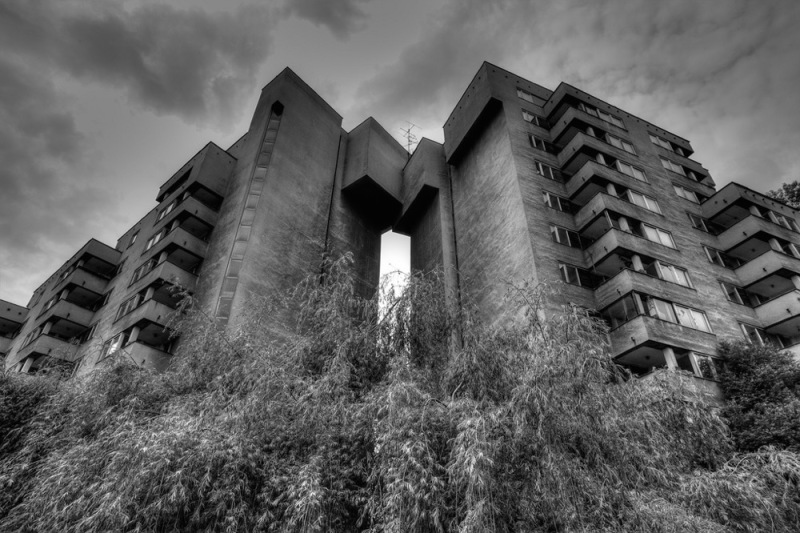
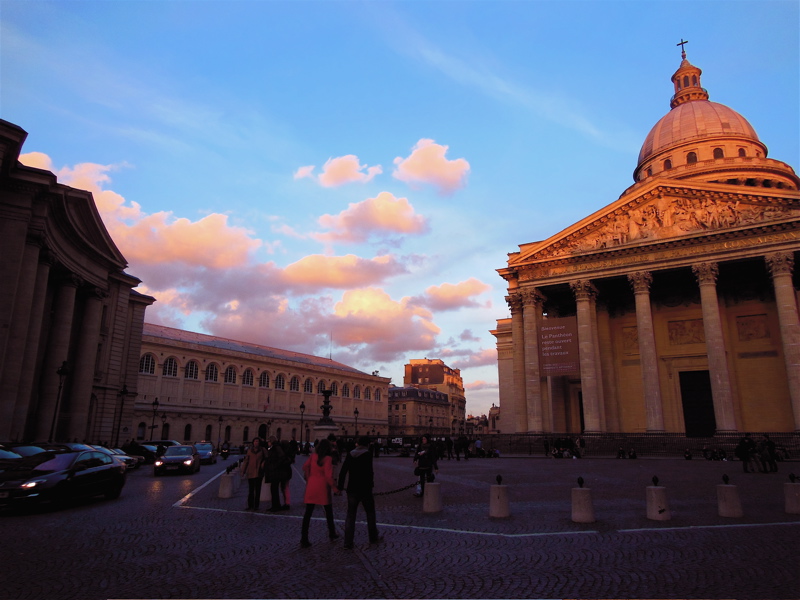
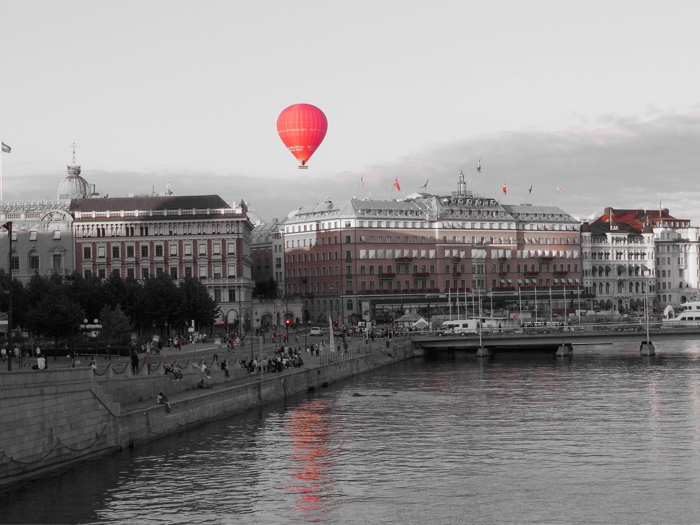

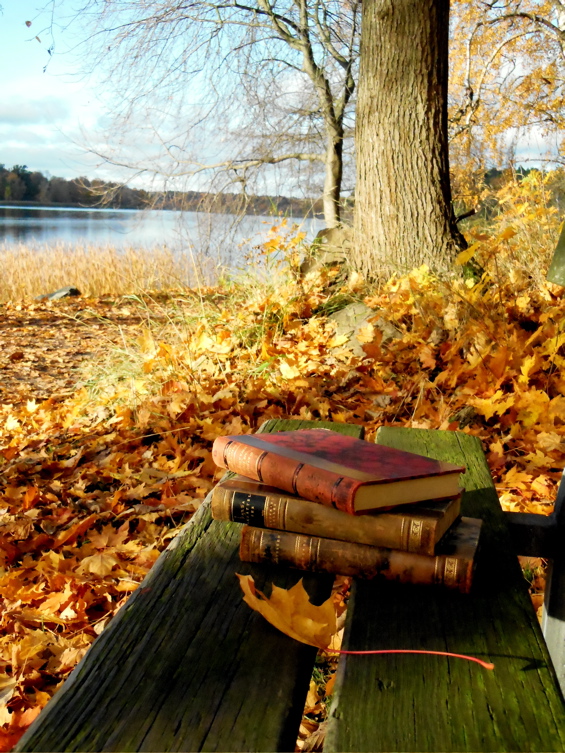
 The House in France, by Gully Wells I had lunch with Gully a couple of times back in my post-grad job hunting days and I’ve always enjoyed her pieces in Condé Nast Traveler, so I was excited to check out her first book. Her writing here is equally frank, funny, and elegant, and her memoir provides a poignant snapshot of the exploits of the intellectual beau monde in Provence and London during the ’60s and ’70s. Her tale of getting high with Martin Amis at Oxford (during which an old record player meets an unfortunate demise) had me laughing out loud.
The House in France, by Gully Wells I had lunch with Gully a couple of times back in my post-grad job hunting days and I’ve always enjoyed her pieces in Condé Nast Traveler, so I was excited to check out her first book. Her writing here is equally frank, funny, and elegant, and her memoir provides a poignant snapshot of the exploits of the intellectual beau monde in Provence and London during the ’60s and ’70s. Her tale of getting high with Martin Amis at Oxford (during which an old record player meets an unfortunate demise) had me laughing out loud. Embers, by Sándor Márai I have read this intense, little novel about three times already, and there is something about brooding, autumn days that make me want to pick it up again and lose myself once more in Márai’s powerful prose. Although slender in size, the book covers such weighty themes as friendship, lust, betrayal, and revenge, all set against the backdrop of the last days of the Austro-Hungarian Empire.
Embers, by Sándor Márai I have read this intense, little novel about three times already, and there is something about brooding, autumn days that make me want to pick it up again and lose myself once more in Márai’s powerful prose. Although slender in size, the book covers such weighty themes as friendship, lust, betrayal, and revenge, all set against the backdrop of the last days of the Austro-Hungarian Empire. The Post-Birthday World, by Lionel Shriver Imagine a world without what-ifs. This book about decisions and consequences does precisely that via parallel story lines. Ensconced in a comfortable, albeit predictable live-in relationship, Irina is tempted to kiss a mutual friend during his birthday dinner. The remainder of the novel presents two divergent narratives based on whether she chooses to yield to passion or to loyalty. A graceful meditation on love, fate, and choice, although I am getting the impression that neither destiny yields happiness.
The Post-Birthday World, by Lionel Shriver Imagine a world without what-ifs. This book about decisions and consequences does precisely that via parallel story lines. Ensconced in a comfortable, albeit predictable live-in relationship, Irina is tempted to kiss a mutual friend during his birthday dinner. The remainder of the novel presents two divergent narratives based on whether she chooses to yield to passion or to loyalty. A graceful meditation on love, fate, and choice, although I am getting the impression that neither destiny yields happiness.